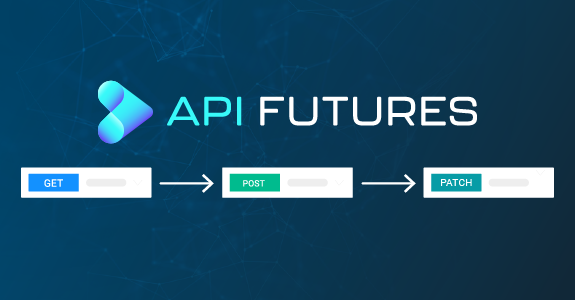The foundation of modern software development is APIs, or application programming interfaces, which have become increasingly important in the rapidly advancing technologies. They facilitate smooth connection across various applications, enabling effective data and functional interchange. The need for standardized new API requirements grows as software systems become more complex and as demand for connected services rises. The Workflows Specification is here, and it is a game-changer that will transform how developers create, use, and maintain APIs.
The Evolution of APIs:
Let’s go back in time and examine the development of Forex History API before getting into the specifics of the new API Workflows Specification. At first, the main purpose of APIs was to facilitate simple data transfers between apps. But as technology changed, APIs advanced in expertise, allowing for intricate platform interfaces. The rise of cloud computing and microservices structures has made APIs irreplaceable to modern program advancement. By empowering smooth communication between scattered components, they offer assistance to software engineers to make frameworks that are strong and adaptable.
Challenges in API Improvement:
Whereas APIs offer various benefits, they too pose a few challenges for engineers. Planning and executing APIs can be a complex and time-consuming preparation, requiring cautious thought of factors such as usefulness, security, adaptability, and convenience. Besides, as the number of APIs inside an organization develops, overseeing and keeping up with them gets to be progressively challenging.
Interoperability is another key issue in API improvement. With the expansion of different innovations and programming languages, guaranteeing consistent integration between distinctive APIs can be overwhelming. Besides, APIs regularly advance over time, requiring versioning and reverse compatibility to guarantee smooth moves for existing buyers.
Introducing the API Workflows Specification:
The API Workflows Detail points to address these challenges by giving a standardized approach to API improvement and administration. Created collaboratively by industry specialists, the determination characterizes a set of rules and best practices for planning, actualizing, and archiving APIs. By taking after these rules, designers can guarantee consistency, interoperability, and versatility over their API biological systems.
The API workflow specification’s accentuation on workflow-driven API design is one of its fundamental characteristics. The determination empowers designers to think in terms of end-to-end workflows instead of treating APIs as isolated endpoints. With this strategy, designers can make more instinctive and user-friendly APIs by demonstrating them after real business processes.
Benefits of the API Workflows Specification:
For developers, organizations, and end users alike, the API Workflows Specification has many advantages. First off, the specification lowers the learning curve for developers and encourages uniformity across projects by offering a common method for API development. Consequently, this expedites the time-to-market for new goods and services and simplifies the development process.
Second, by the establishment of shared conventions and standards, the specification fosters interoperability throughout various APIs.
This promotes creativity and cooperation among developers by enabling them to easily integrate APIs from many sources. The API Workflows Specification simplifies API governance and management from an organizational standpoint. Organizations can create explicit policies for API development, documentation, versioning, and deprecation by following the specification. In addition to ensuring that APIs meet legal standards and business objectives, this helps prevent API sprawl.
Lastly, by encouraging uniformity and usability across many services and apps, the API Workflows Specification helps end users. Free API keys that follow the specification offer a consistent experience and are easier to use, which increases user satisfaction and encourages adoption.
The Future of APIs:
Prospects for new APIs seem promising, owing in part to efforts such as the API Workflows Specification. The expanding number of associated gadgets, IoT (Web of Things) stages, and AI-driven applications will drive a more noteworthy requirement for consistent integration and interoperability. The end of the Forex API improvement is anticipated to be altogether formed by the API Workflows Determination.
Developers are empowered to create scalable, robust, and easily navigable systems by the specification, which offers a standard framework for creating, implementing, and maintaining APIs. Furthermore, the definition encourages innovation and quickens the digital transformation process throughout
End Note:
To sum up, the release of the workflow specification marks a critical turning point in the development of APIs. The specification intends to improve interoperability, spur creativity, and streamline API development by offering a common set of best practices and principles. The future of software development will surely be significantly shaped by the workflow specification as businesses continue to adopt digital technologies and create interconnected ecosystems.




